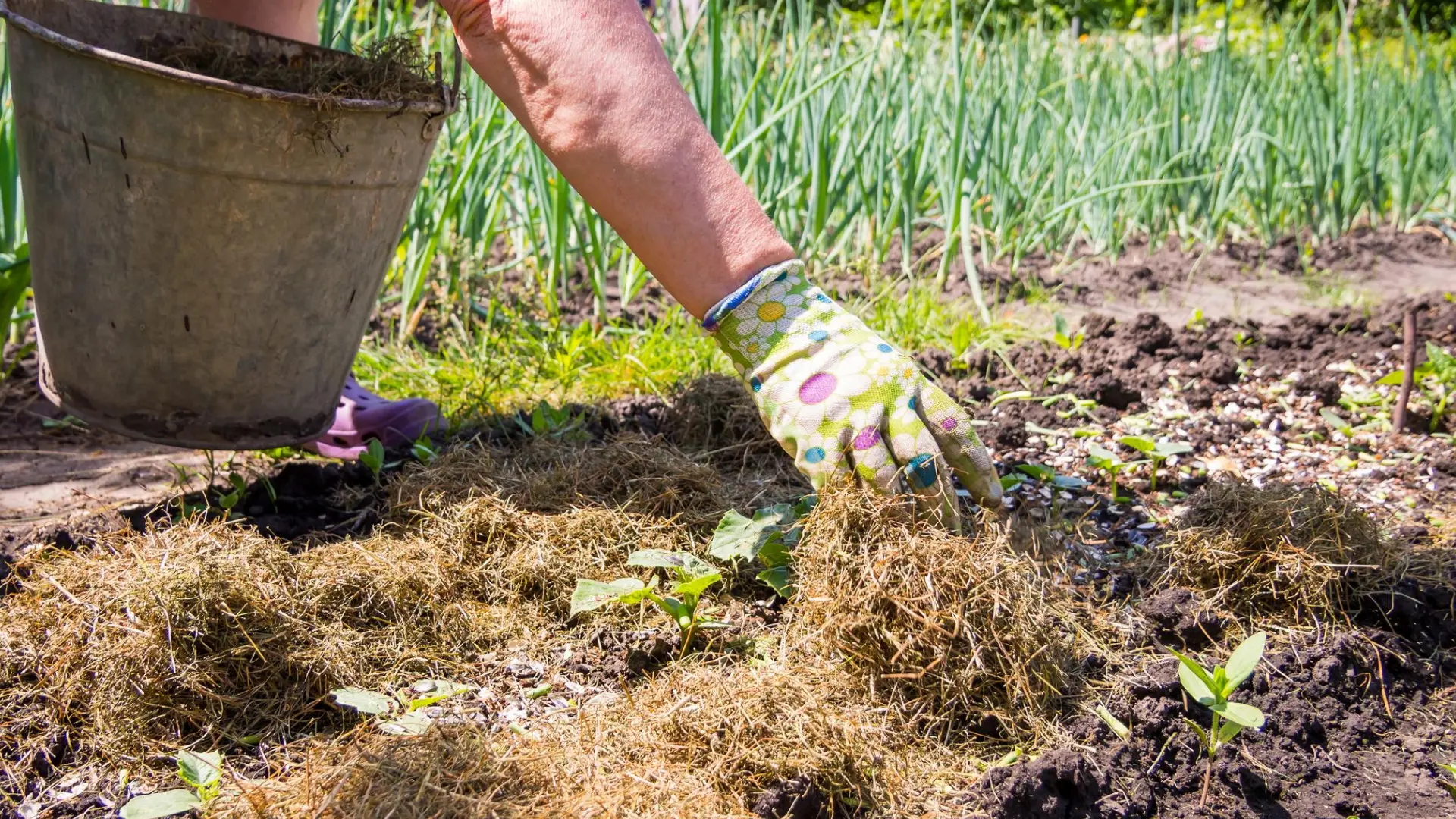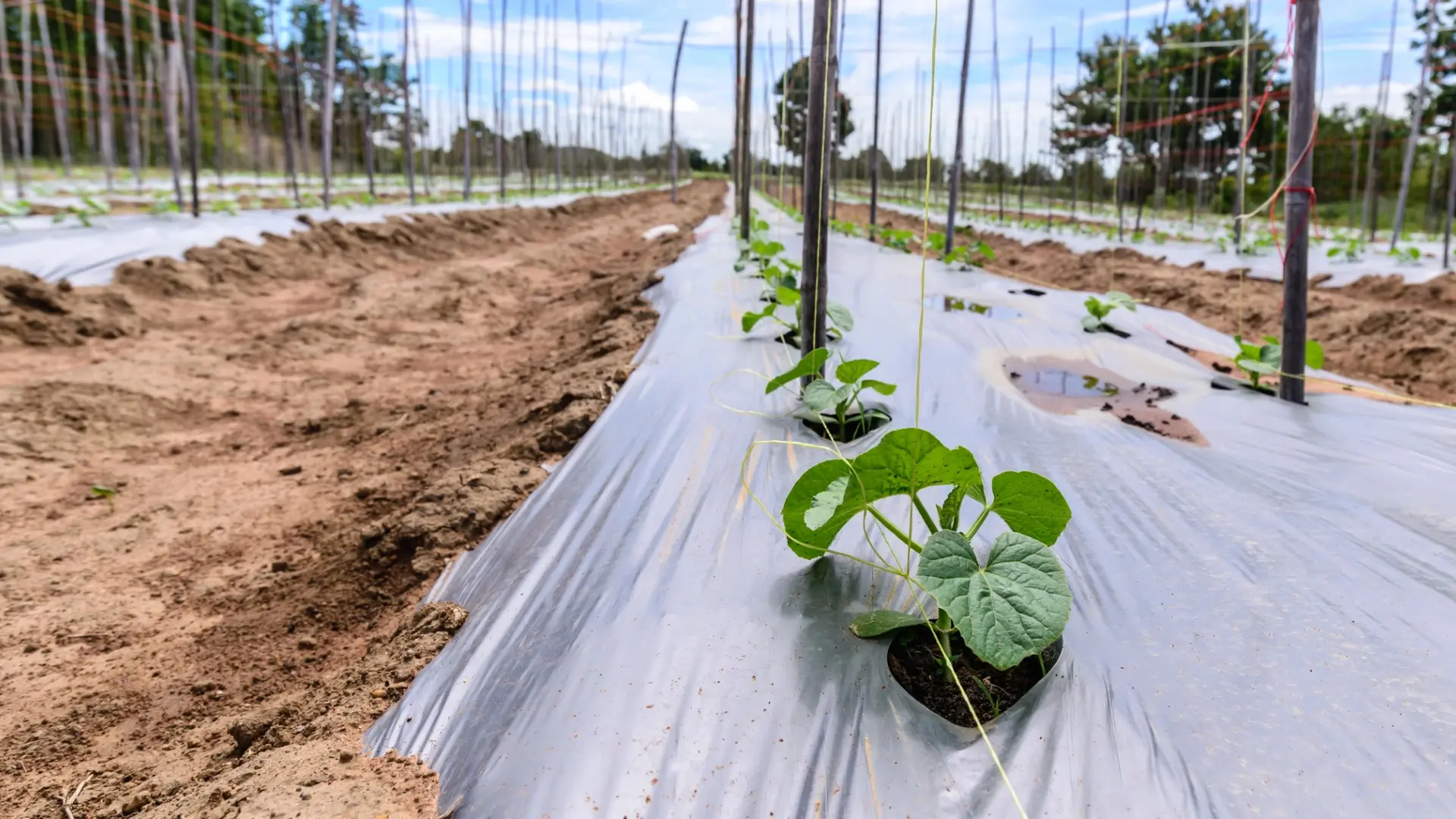It all started one scorching summer in Texas when I struggled to keep my vegetable garden hydrated. No matter how often I watered, my tomato plants drooped by midday, and my lettuce bolted before I could even enjoy a full harvest. A seasoned gardener in my neighborhood suggested, “Try mulching, and you’ll see the magic.” And that advice transformed my gardening experience forever.
What is Mulching?
Mulching is the practice of covering the soil with organic or inorganic materials to retain moisture, suppress weeds, regulate temperature, and improve soil health. It’s an essential practice that significantly impacts vegetable gardens across the United States. Whether you’re gardening in the dry Southwest, the humid Southeast, or the temperate Northeast, choosing the right mulch can make all the difference. In this article, I’ll guide you through the best mulching techniques tailored for different vegetable crops, breaking down the benefits, drawbacks, pricing, and comparisons of each method—specifically for USA-based gardeners. The right mulch can mean the difference between an abundant harvest and a struggling vegetable patch, especially when dealing with extreme weather variations across the U.S.
Why Mulching is Important for Vegetable Gardens
Before diving into specific mulching materials, let’s understand why mulching is crucial:
| Benefit | Importance in USA Gardening |
|---|---|
| Moisture Retention | Prevents evaporation in dry regions like California & Arizona |
| Weed Suppression | Blocks weed growth in high-weed regions like the Midwest |
| Soil Temperature Regulation | Keeps soil cool in hot states like Texas and warm in cold states like Minnesota |
| Disease Prevention | Stops soil-borne diseases from spreading in humid regions like Florida |
| Improved Soil Health | Enhances nutrient content, vital for depleted soils in the Great Plains |
Types of Mulch for Vegetable Gardens
Mulch is broadly categorized into two types: organic and inorganic.
1. Organic Mulch
Organic mulch decomposes over time, enriching the soil with nutrients. They include:
a. Straw and Hay
- Pros: Retains moisture, suppresses weeds, breaks down into organic matter.
- Cons: Can contain weed seeds if not sourced properly.
- Best for: Tomatoes, peppers, squash, and strawberries.
- Cost: $4–$10 per bale, depending on region and quality.

b. Grass Clippings
- Pros: Easily available, rich in nitrogen, decomposes quickly.
- Cons: Can mat down, becoming anaerobic; may contain herbicide residues.
- Best for: Leafy greens, beans, and carrots.
- Cost: Free (if sourced from untreated lawns).
c. Wood Chips and Bark
- Pros: Long-lasting, visually appealing, good for pathways.
- Cons: Can tie up nitrogen as they decompose.
- Best for: Perennial vegetables like asparagus and rhubarb.
- Cost: $3–$10 per cubic foot.
d. Shredded Leaves
- Pros: Free, improves soil health, adds organic matter.
- Cons: Can mat down if not shredded properly.
- Best for: Root crops like potatoes, onions, and garlic.
- Cost: Free (if sourced from your own yard).
e. Compost or Leaf Mulch
- Pros: Provides nutrients, improves soil structure, supports microbial life.
- Cons: Can wash away in heavy rains.
- Best for: All vegetable crops.
- Cost: Free to $5 per bag.
Organic mulches decompose over time and enrich the soil. Here’s a quick comparison:
| Mulch Type | Best For | Advantages | Disadvantages | Pricing (USA) |
|---|---|---|---|---|
| Straw/Hay | Tomatoes, cucumbers, peppers, squash, potatoes | Retains moisture, suppresses weeds | May contain weed seeds, can attract rodents | $5–$15 per bale |
| Grass Clippings | Leafy greens, beans, peas | Free, nutrient-rich | Can mat down, must avoid chemically treated grass | Free (from lawn) |
| Wood Chips/Bark | Pathways, asparagus, rhubarb | Long-lasting, improves soil structure | Depletes nitrogen, requires added fertilizer | $20–$60 per cubic yard |
| Compost/Leaf Mulch | Carrots, beets, onions, leafy greens | Improves soil fertility, retains moisture | Needs frequent replenishment | $0–$40 per cubic yard |
2. Inorganic Mulch
Inorganic mulches do not decompose and are mainly used for weed control and moisture retention.
a. Plastic Mulch (Black, Red, or Reflective)
- Pros: Retains heat, suppresses weeds, conserves moisture.
- Cons: Non-biodegradable, must be removed after use.
- Best for: Tomatoes, melons, and peppers (red plastic enhances tomato yield).
- Cost: $20–$40 per 100-foot roll.

b. Landscape Fabric
- Pros: Long-lasting, allows water and air penetration.
- Cons: Expensive, needs additional covering like wood chips.
- Best for: Large-scale vegetable gardens.
- Cost: $30–$80 per roll.
c. Gravel or Pebbles
- Pros: Prevents soil erosion; lasts indefinitely.
- Cons: Does not add nutrients; can overheat soil.
- Best for: Mediterranean herbs like rosemary and thyme.
- Cost: $50–$100 per cubic yard.
| Mulch Type | Best For | Advantages | Disadvantages | Pricing (USA) |
|---|---|---|---|---|
| Plastic Mulch (Black/Red/White) | Tomatoes, melons, peppers, eggplants | Suppresses weeds, retains moisture, warms soil | Non-biodegradable, can overheat soil | $20–$60 per roll |
| Landscape Fabric | Long-term beds, pathways | Long-lasting, effective against weeds | Expensive, limits soil aeration | $40–$120 per roll |
| Gravel/Stone | Xeriscape gardens, pathways | Permanent, excellent drainage | Doesn’t add nutrients, heats up in summer | $30–$100 per cubic yard |
Choosing the Best Mulch for Your Region in the USA
| USA Region | Recommended Mulch | Reason |
|---|---|---|
| Drought-Prone (CA, NV, AZ) | Straw, wood chips, gravel | Retains moisture in arid conditions |
| Humid Regions (FL, LA, GA) | Compost, leaf mulch, pine bark | Prevents fungal issues |
| Cold Climates (MN, WI, NY) | Black plastic, straw | Warms up soil early in the season |
| Windy Areas (Midwest, Great Plains) | Wood chips, landscape fabric | Prevents soil erosion |
Which Mulch is Best for Your Vegetable Garden?
Choosing the right mulch depends on your garden size, crops, and climate. Here’s a quick guide:
- For Heat-Loving Crops (Tomatoes, Peppers, Melons): Plastic mulch (black or red) to warm soil and suppress weeds.
- For Root Vegetables (Carrots, Potatoes, Onions): Shredded leaves or compost to improve soil texture.
- For Leafy Greens (Lettuce, Kale, Spinach): Grass clippings for nitrogen boost and moisture retention.
- For Perennial Vegetables (Asparagus, Rhubarb): Wood chips for long-term soil improvement.
- For Herbs (Rosemary, Thyme, Lavender): Gravel for excellent drainage and weed control.
- For General Use: Straw, hay, or compost for overall soil health improvement.
Final Thoughts: My Gardening Experience
When I first started mulching, I experimented with straw, compost, and black plastic for different crops. The results? My tomatoes thrived under black plastic mulch in my Ohio garden, my lettuce remained crisp with a thick compost layer, and my pathways stayed weed-free with wood chips. Mulching transformed my garden, saving me hours of weeding and watering while boosting my harvest.
If you’re new to mulching, start small, experiment, and see what works best for your region’s unique climate and soil conditions. Happy gardening!
